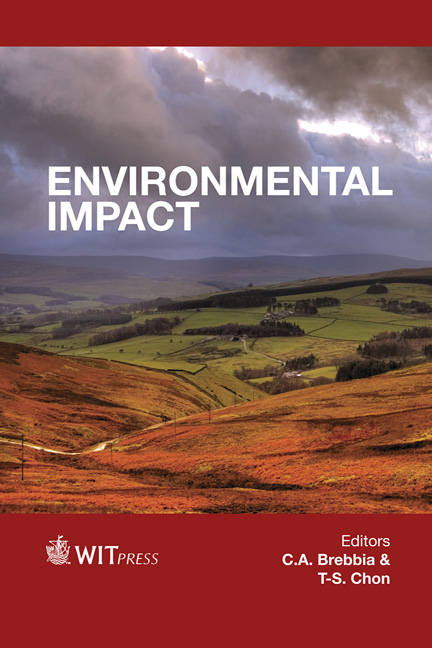Aquatic Realms And Running Water In Sustainable Tourism
Price
Free (open access)
Transaction
Volume
162
Pages
12
Page Range
447 - 458
Published
2012
Size
2,773 kb
Paper DOI
10.2495/EID120391
Copyright
WIT Press
Author(s)
A. A. Berezin
Abstract
Much of touristic activity in one way or the other focuses on water and aquatic realms, such as sea beaches, lakes, rivers, etc. Sustainable use of water resources by various types of tourism (beach resorts, cruise lines, ecotourism, etc) often becomes an acute problem at a local (and in some aspects – at a global) level. Humans have a natural attraction to aquatic features such as waterfalls where places like Niagara Falls generate a multi-billion tourist industry. In the present paper we discuss various aspects of people’s fascination with water in the contest of sustainable tourism. Our local examples include waterfalls in Hamilton, Ontario, as well as recent (and still on-going) conversion of segments of shores of Lake Ontario in Toronto, Hamilton and adjacent communities from industrial to recreational use. Keywords: sustainable tourism, water in tourism, water in architecture, waterfronts, waterfalls, waterways, water psychology, water management, environmental integration. 1 Introduction Water as a foundation of biological life is indisputably the most important chemical substance for human existence. Proximity to water in a variety of its forms plays a significant role in most forms of touristic industry. Aquatic realms, such as sea beaches, lakes, rivers, and channels have generated multi-billion touristic infrastructures across the world. The latter include world-wide networks of beach resorts, cruise lines, water sports, newly reclaimed waterfronts, and ecotourism. Visual attraction of running water, from river cascades and majestic waterfalls to numerous artificial fountains (which are often integrated with the
Keywords
sustainable tourism, water in tourism, water in architecture, waterfronts, waterfalls, waterways, water psychology, water management, environmental integration.





